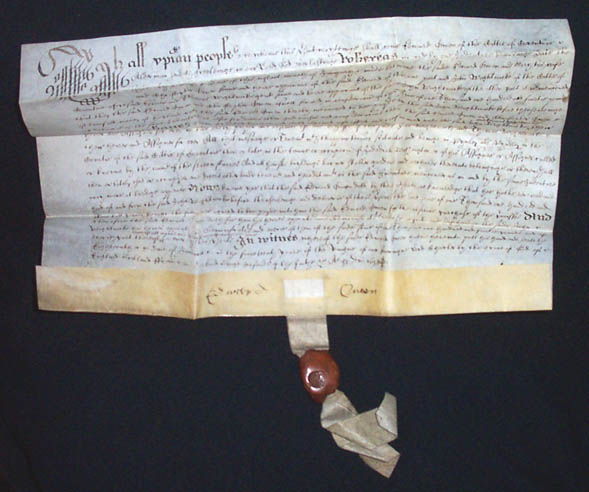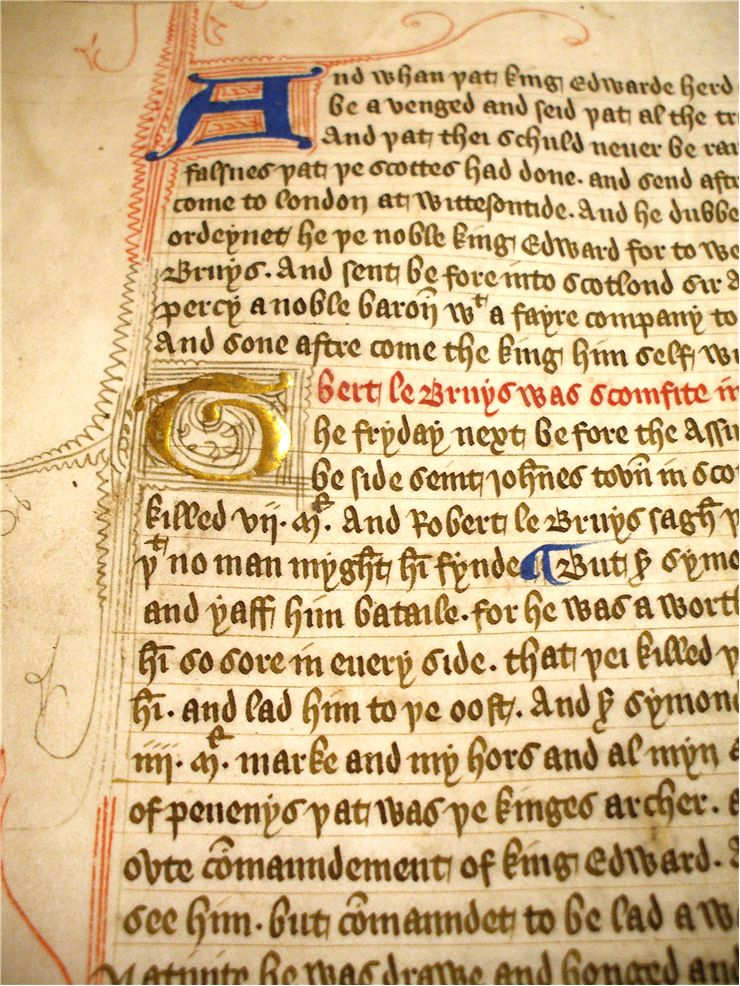Vellum History - Facts and Origin of Vellum
Vellum is a type of parchment, made only from thin calf skin. Since its first creation in the time when Europe did not have access to the cellulose-based paper that originated in ancient China, it was regarded as the finest material for writing notes, books, scrolls and similar documents. Even though the original vellum was created only from calf skin, the term later started describing any high grade parchment that was manufactured from any type of animal skin.
The reasons why vellum was considered such highly was because of its durability and smoothness that enables not only easy writing, but also very precise drawing and painting. Originally used in Ancient Rome, vellum became staple of the European bookmaking for centuries, even managing to survive for a while after arrival of cellulose-based paper. The famous first books that Gutenberg made with his typing machine were printed on both modern paper and traditional vellum skins. This was done so because people did not know how durable this new paper is, electing to make sure they have vellum copies made that could survive for thousand years if stored properly.
The process of vellum creation was a hard one, but it represented the only reliable source of writing materials in Europe for thousand years. Process
started with collecting skin from newborn or young animals, its cleaning, bleaching, stretching (alternating drying and wetting to increase tension),
scraping of skin with crescent-shaped knife, abrading surface with pumice, and finally applying chalk or lime so that surface of vellum would accept ink.
Today, vellum is still used, most often by artists or by some governments who still keep tradition of writing important declaration on high-end vellum
parchment (British Parlament for example). Vellum is also used in several instruments, most notably banjo.


